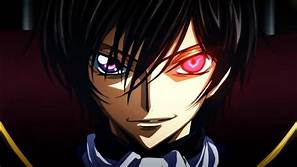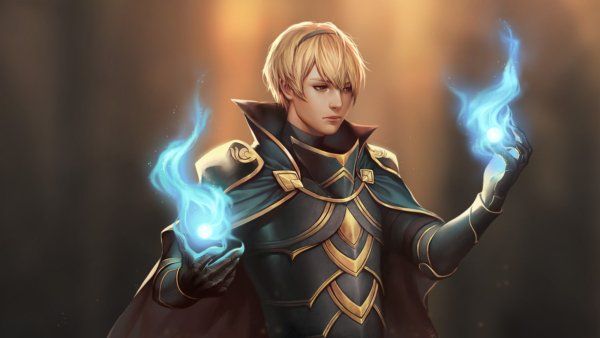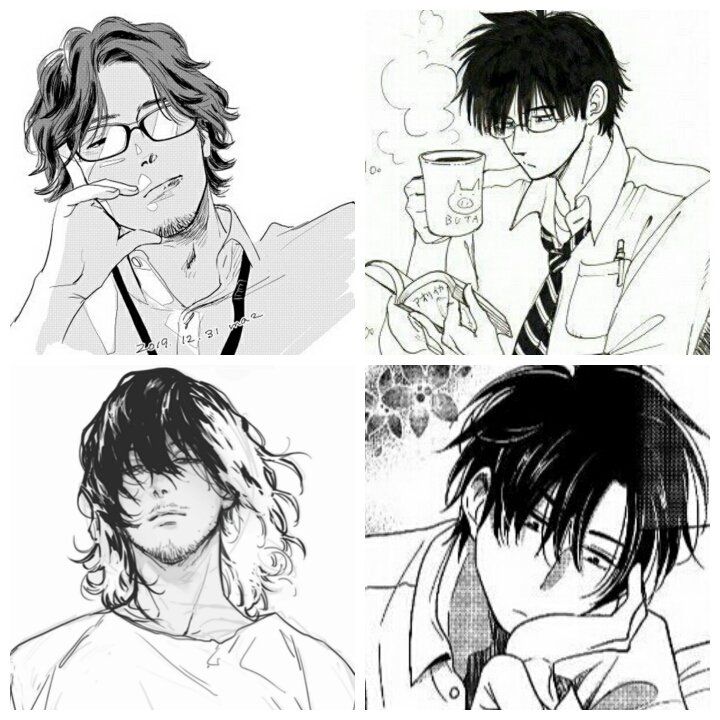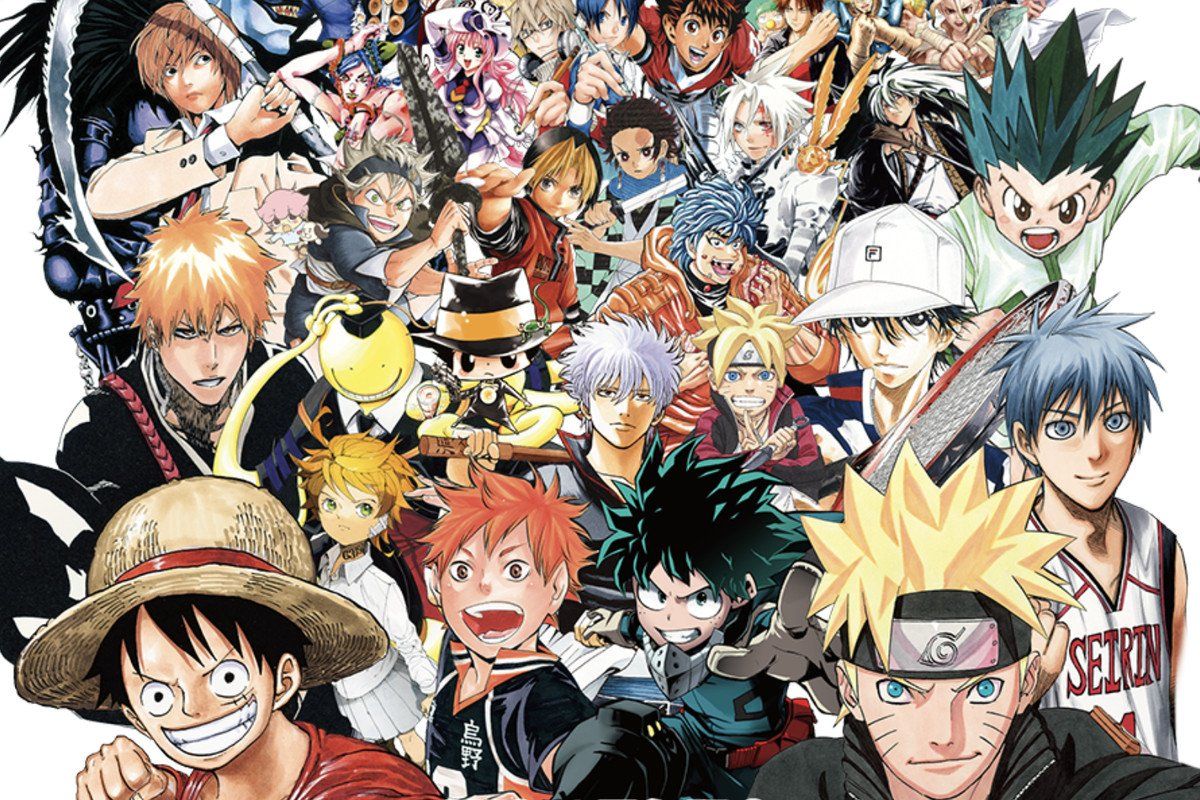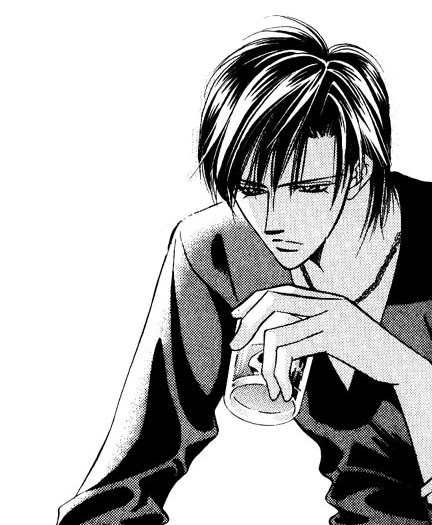An Introduction to Manga
Manga are Japanese comic books or graphic novels with a twist, serialised in newspapers and magazines. Originating in Japan, Manga now has fans across the globe.
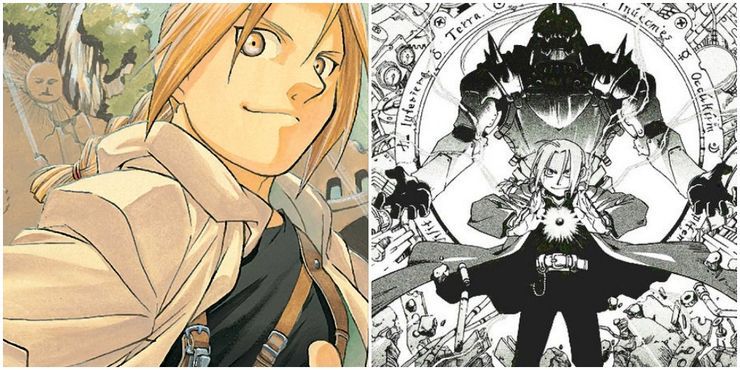
Slide title
Write your caption hereButton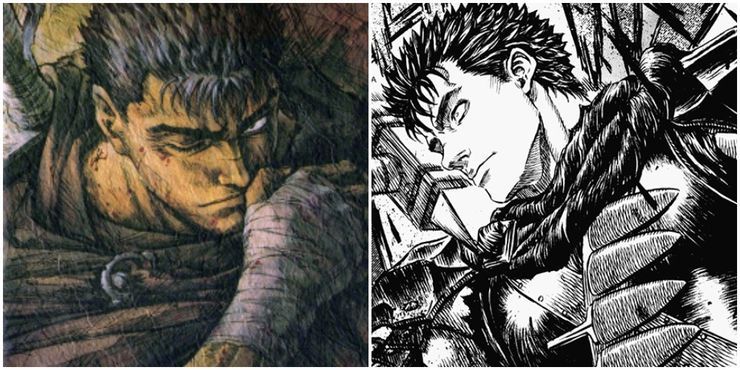
Slide title
Write your caption hereButton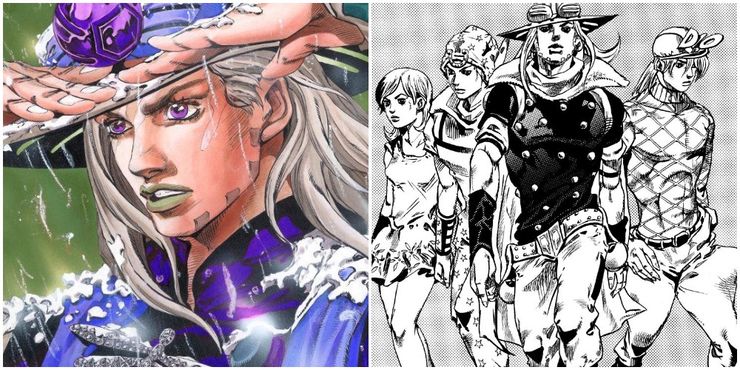
Slide title
Write your caption hereButton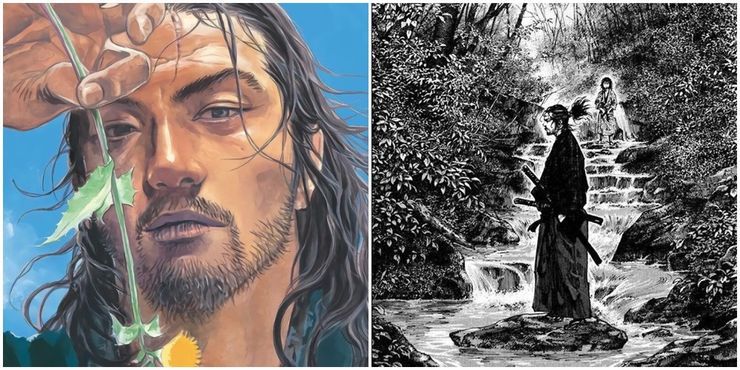
Slide title
Write your caption hereButton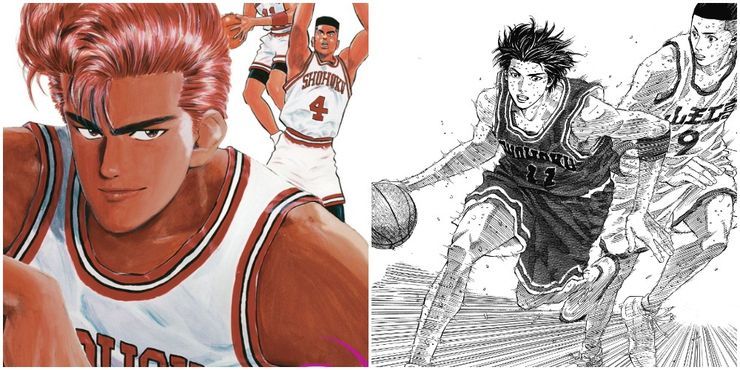
Slide title
Write your caption hereButton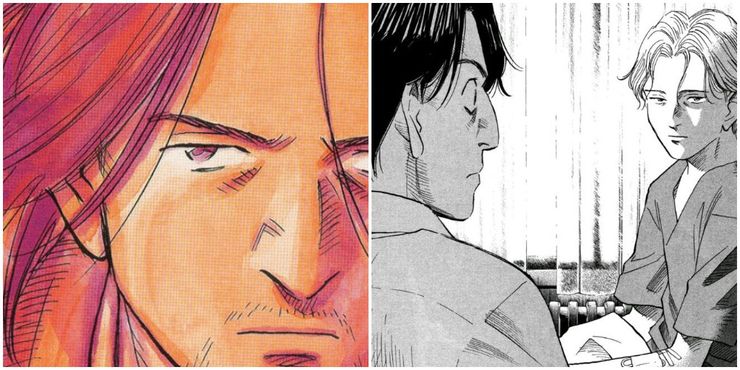
Slide title
Write your caption hereButton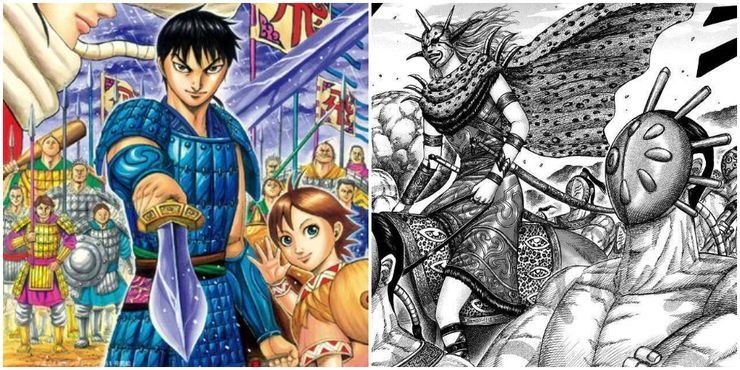
Slide title
Write your caption hereButton
Slide title
Write your caption hereButton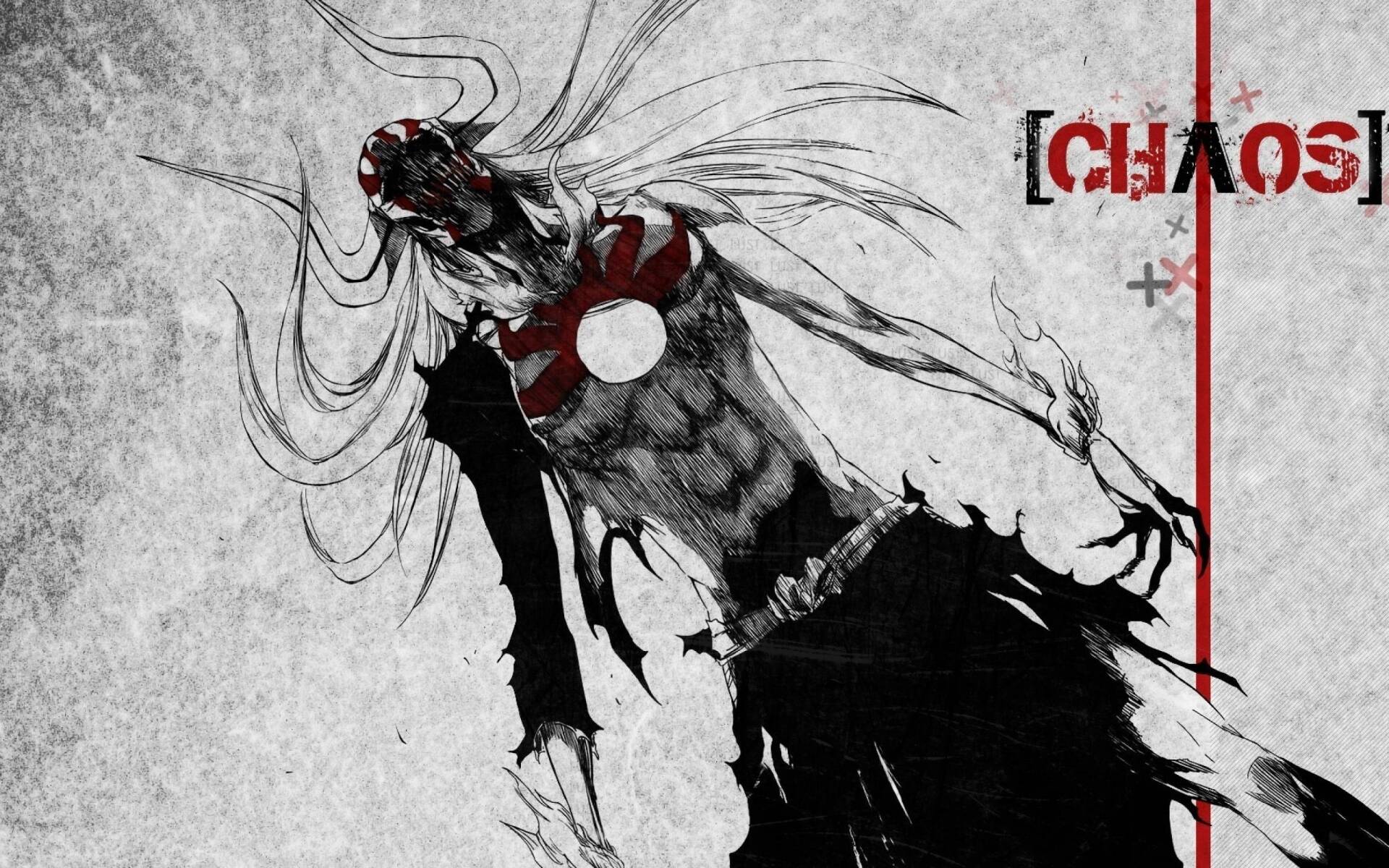
Slide title
Write your caption hereButton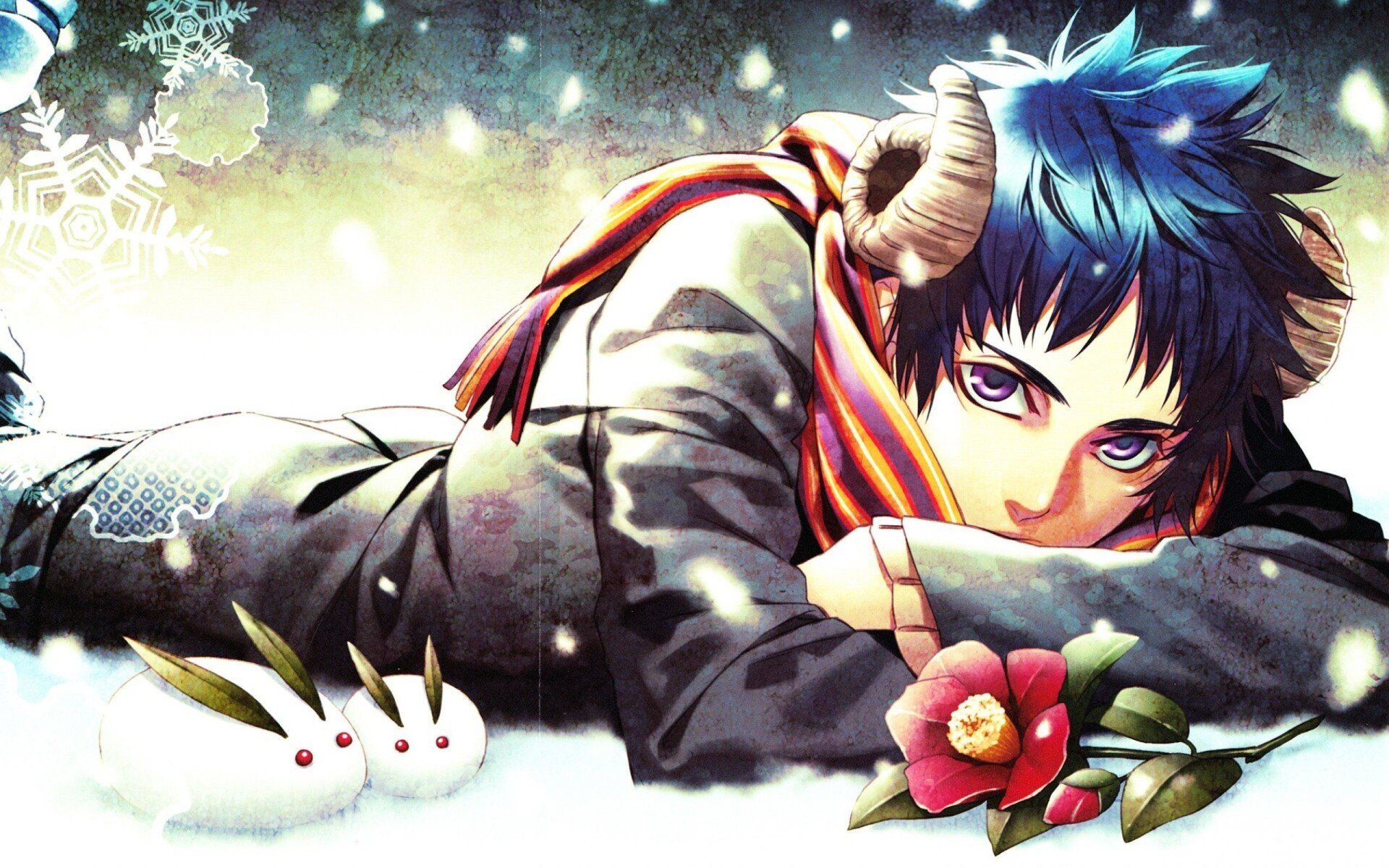
Slide title
Write your caption hereButton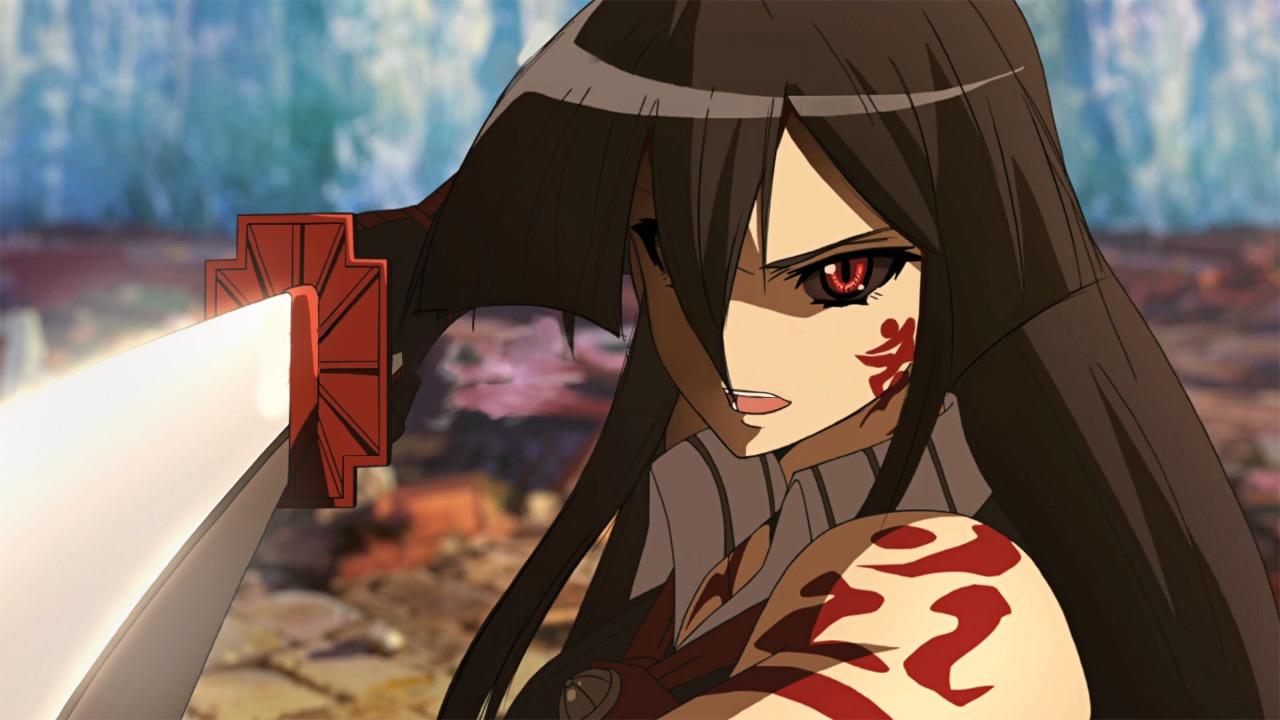
Slide title
Write your caption hereButton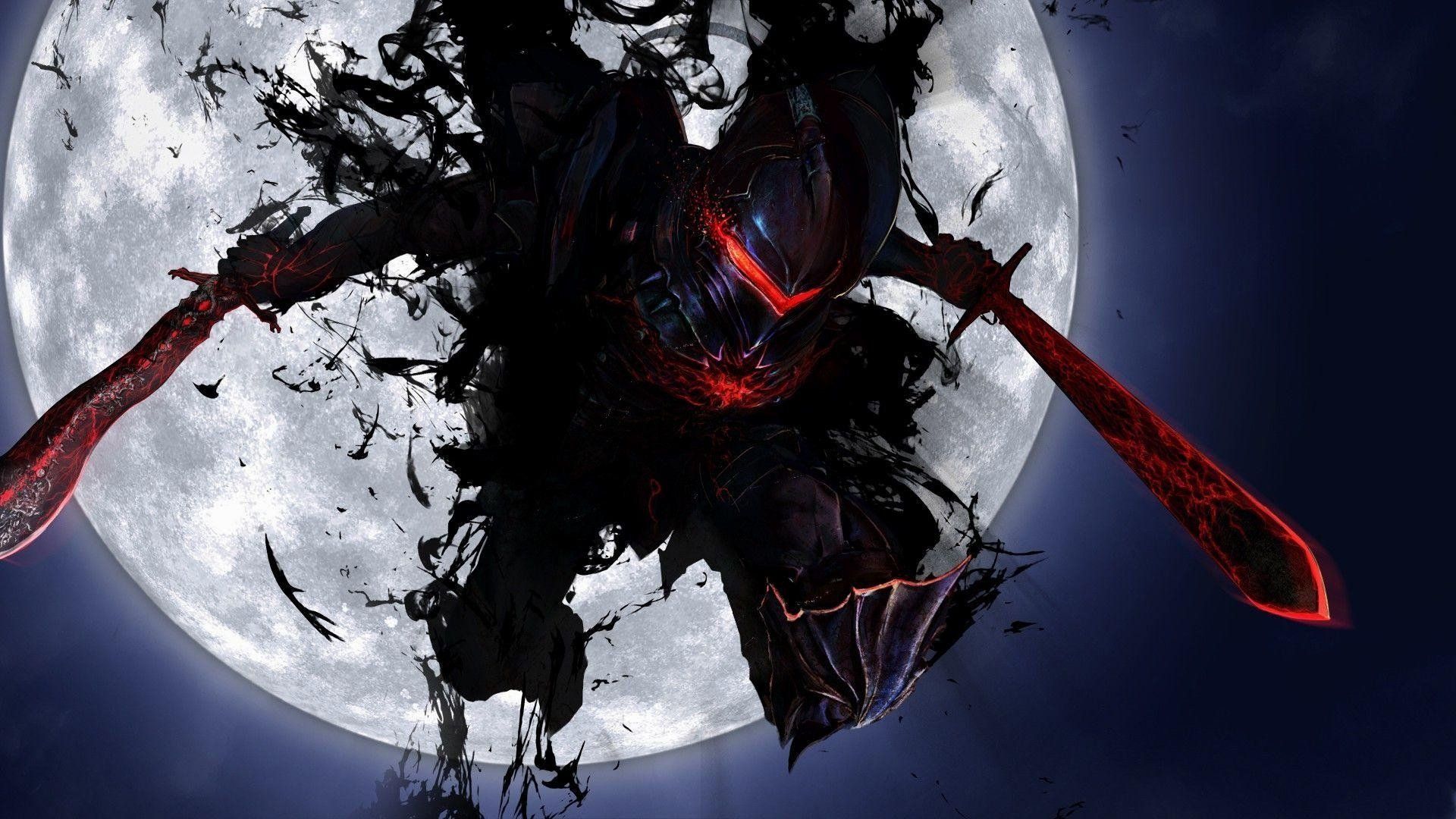
Slide title
Write your caption hereButton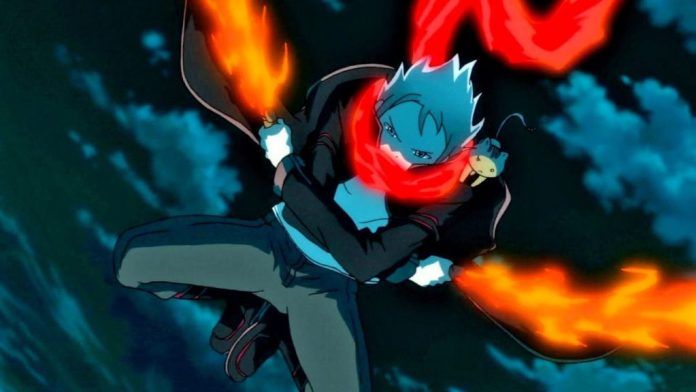
Slide title
Write your caption hereButton
How did Manga develop?
How popular is Manga?
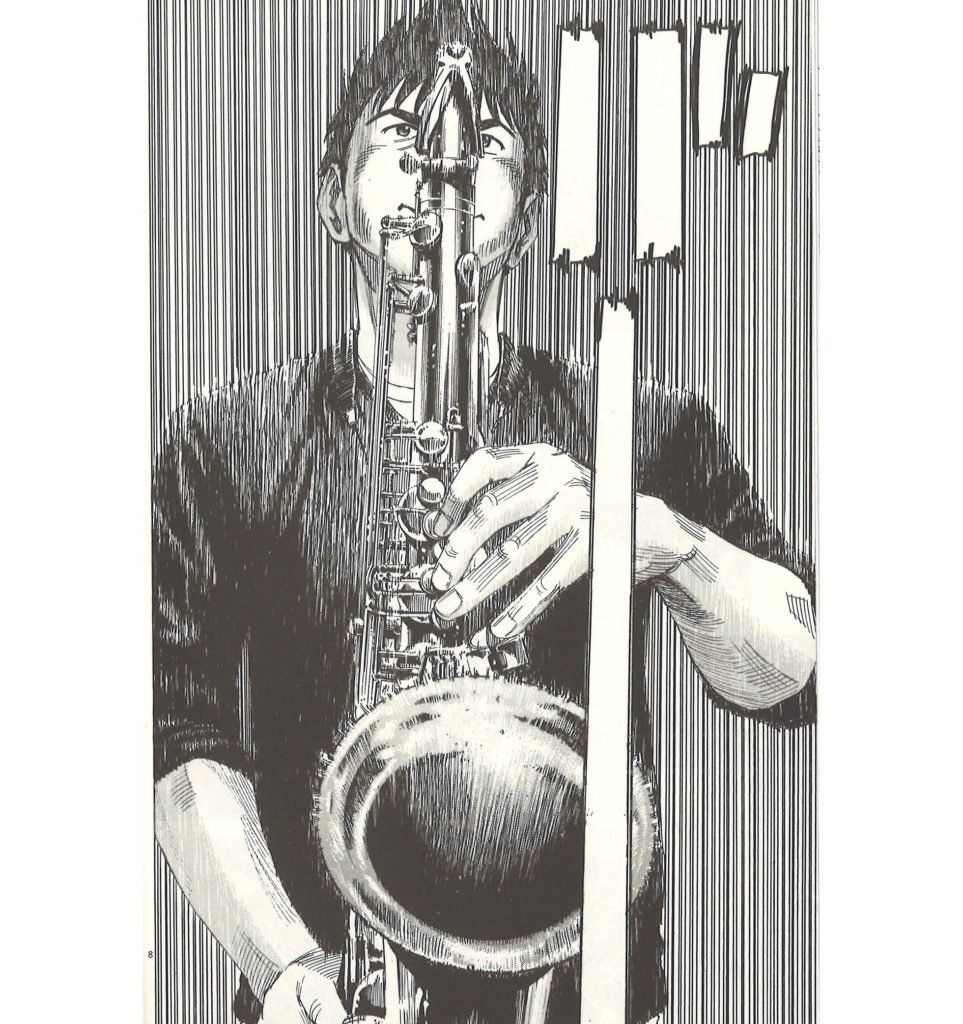
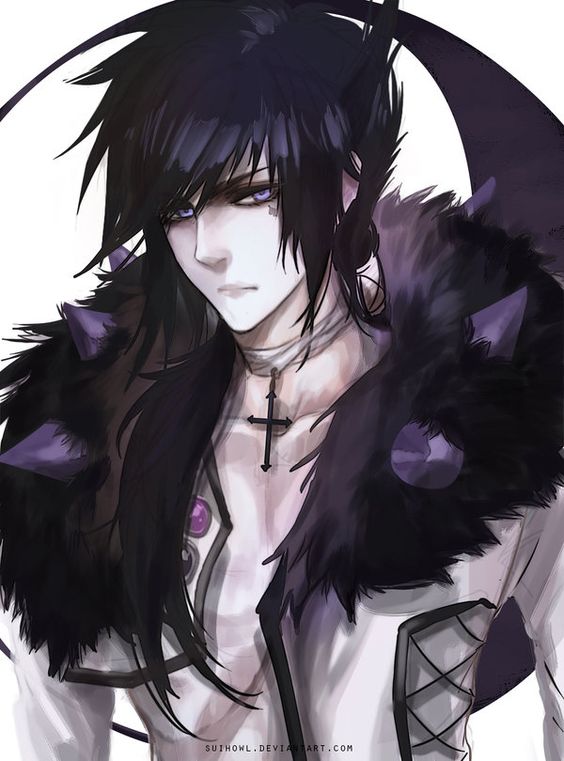
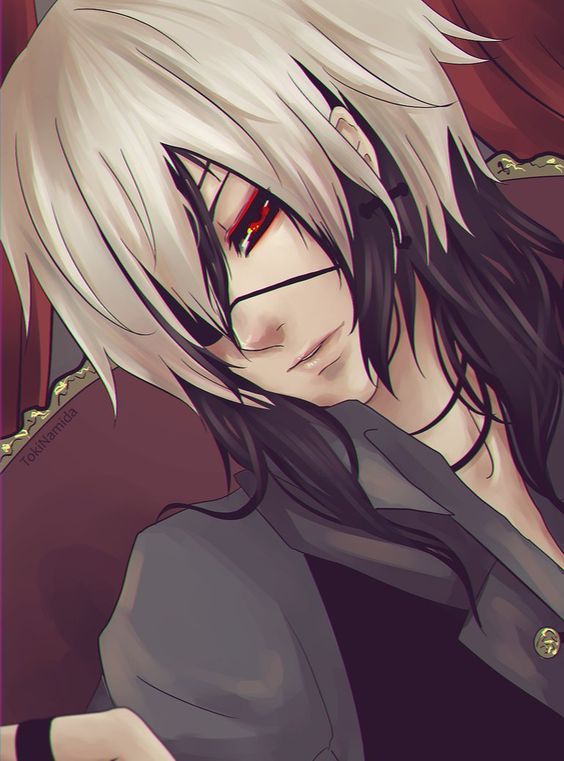
Blue Giant Supreme, by Ishizuka Shinichi, created from 2016 onwards, tells the tale of an aspiring saxophonist and includes visualised musical expressions.
© SHINICHI ISHIZUKA/SHOGAKUKAN.INC.Manga images are supplemented by sound effects that include onomatopoeia and imagined sounds (giseigo and gitaigo), which are important components of the Japanese language. These sounds are drawn into the composition, enhancing their effect by making them part of the image rather than resting the words on top of the image or in a bubble.
Blue Giant Supreme, a compelling manga created by Ishizuka Shinichi, tells the tale of saxophonist Miyamoto Dai, who travels to Germany to pursue his dream of becoming one of the world’s best jazz saxophonists. The music scenes show Manga at its best – the reader can almost hear the sounds through the vertical tightly drawn lines and sound effect symbol (in katakana, a Japanese phonetic system) reading ‘baaaaaaa’.
How is Manga produced?

Slide title
Write your caption hereButton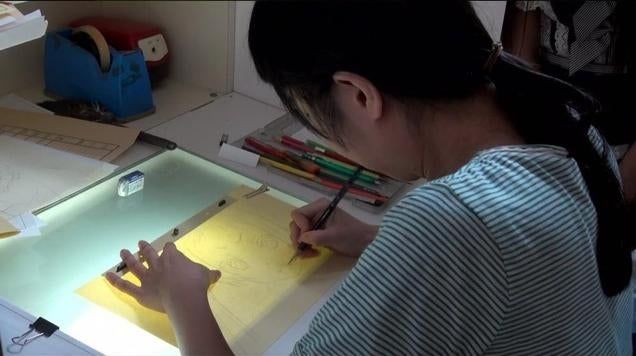
Slide title
Write your caption hereButton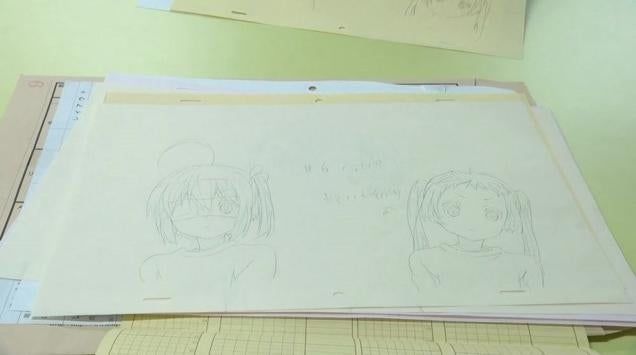
Slide title
Write your caption hereButton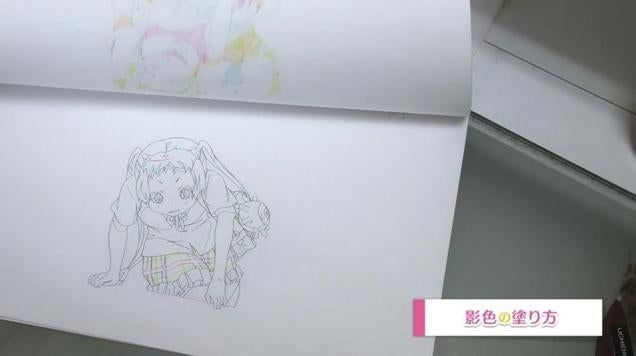
Slide title
Write your caption hereButton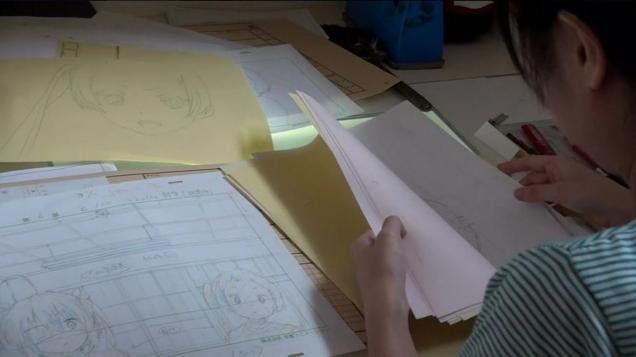
Slide title
Write your caption hereButton
Slide title
Write your caption hereButton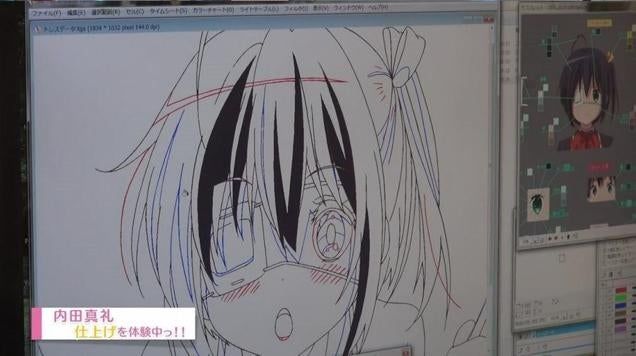
Slide title
Write your caption hereButton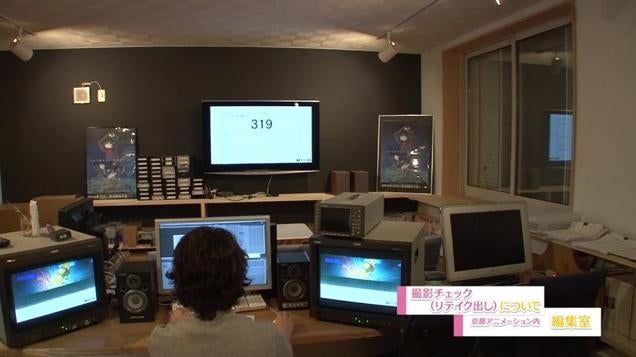
Manga Production
Write your caption hereButton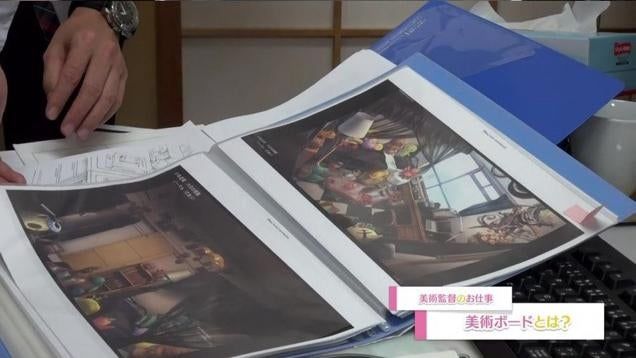
Slide title
Write your caption hereButton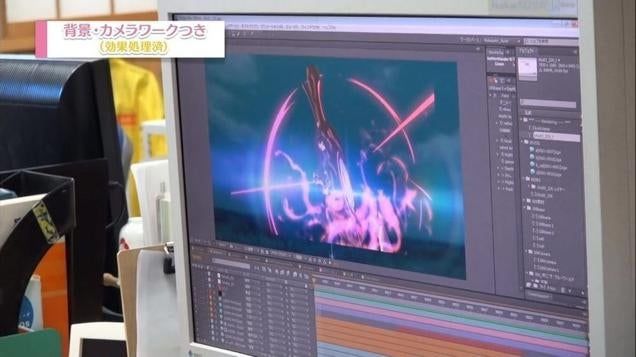
Slide title
Write your caption hereButton
Nakaguma Ichirô, the senior Manga editor at Shogakukan, is seen here checking the Manga offer before approving it for inclusion in Big Comic Original magazine.
Many large publishers in Japan derive a significant portion of their profits from Manga. It is big business, the turnover of the domestic Manga industry in 2016 was approximately £3 billion. Four of the top publishers who also control a large share of the Manga market are Kodansha, Hakusensha, Shogakukan and Shūeisha. They are constantly competing, publishing rival magazines and trying to keep popular Manga artists. Editors are assigned by the publishing houses to specific Manga artists and play a key role in developing Manga stories in collaboration with the artists. They work closely with individual artists and often help with content as well as managing production schedules and overall formatting and conducting basic research for the artist on the theme or images depicted.
The 5 Types of Manga
There are five types of Manga, Shonen, Shojo, Seinen, Josei, and Kodomomuke.
Each type of Manga—Shonen, Shojo, Seinen, Josei, and Kodomomuke—is focused on a specific group. They are not genres, like action, romance, and etc., Rather they are just labels so you can tell which audience the Manga is intended for. (Kids, adults, teens, etc.). So while anime and Manga fall into each of the types they can be of any genre. The type of Manga helps you find other similar titles you might enjoy.
One type of Manga is Shonen.
1) Shonen or Shounen
Shonen or Shounen is a word that literally means few years and generally refers to a typical boy from elementary through to older age. Which is fitting for shonen anime and Manga are aimed at males. A lot of these Manga have a male hero and are focused on action, adventure, and fighting. However, comedies and series with female protagonists are becoming more and more common.
2) Seinen
Seinen Manga are Manga marketed to men old enough to read kanji. In Japanese, the word seinen literally means “youth”, but men on into their 50s also enjoy reading seinen. Seinen usually targets men between the ages of 18-24. Seinen Manga tend to be of a more violent and/or psychological nature than shonen series but there are seinen comedies as well. Seinen Manga can also have content of a strong nature but this is not the focus of the work.
3) Shojo
Shojo is aimed primarily at a female audience, typically characterized by a focus
on personal and romantic relationships. Shojo is often translated as female is the female counterpart to shonen, and manga of this type are aimed at girls between the ages of 18-24. These Mangas tend to focus on romance and interpersonal relationships but that does not mean they are without action or adventure, infact many do.. Shojo works almost always have a female lead.
4) Josei
Josei is a category of Manga, anime, and other entertainment aimed at female audiences aged 18 to 40. Like its Counterpart Seinen, Josei is notable for more realistic, less idealized portrayals of romance and life. Josei Mangas are aimed at adult women. Josei series are often slice-of-life or romantic tales featuring adult women, though, in recent years, shonen-like action-adventures have become popular as well. Josei works tend to contain more realistic interpersonal relationships (as opposed to shojo’s often idealized ones) and can cover darker subjects While many Josei Manga have female main characters, many others have male characters
5) Kodomomuke
Very simple easy to understand stories
Different types of Manga Movies
Shoujo Seinen Shoji Kodomomuke Shonen
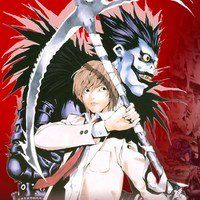
Death Note (manga)
Plot Summary: Shinigami own notebooks called “Death Notes” which are used as killing devices. Whoever’s name they write down in a death note will die within 40 seconds. Shinigami Ryuk dropped his Death Note in the human world where it’s found by honor high school student Light. With the death note actually having directions in it for its use, Light discovers he now has the power to discreetly kill people, and with this new power he plans to change the world in his ideal world by killing off criminals. Eventually the governments of the countries around the world notice the unusual amounts of deaths of their criminals, and figure out someone is behind them, but they have no way of discovering it themselves. That’s when they hire L, a master detective, to find out who is behind the murders.
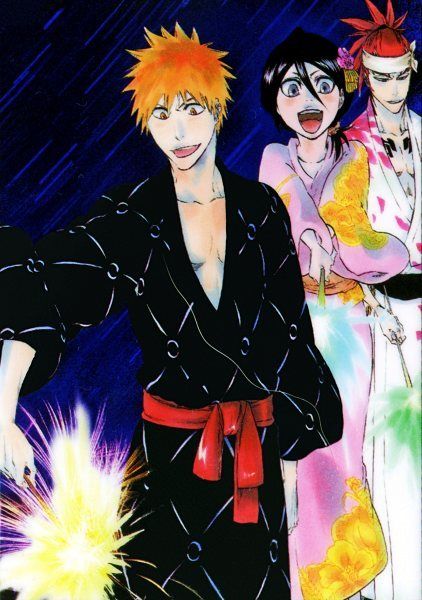
Bleach (manga)
Plot Summary:
Bleach follows the adventures of Ichigo Kurosaki, a teenager with the ability to see spirits,who accidentally steals the powers of the Soul Reaper Rukia Kuchiki while saving his family and subsequently assumes her duties while she convalesces. Since that event, Ichigo has to fight hollows, evil spirits that attack people.In the process he makes new Friends with special abilities. After various events, Rukia is sentenced to death by her Soul Reapers' superiors for her actions, leading Ichigo to encounter them to save her life. He also encounters former Soul Reaper Sōsuke Aizen, who created an army of powerful hollow called arrancar to destroy the Soul Reapers organization, Soul Society.
Ichigo Kurosaki has always been able to see ghosts, but this ability doesn't change his life nearly as much as his close encounter with Rukia Kuchiki, a Soul Reaper and member of the mysterious Soul Society. While fighting a Hollow, an evil spirit that preys on humans who display psychic energy, Rukia attempts to lend Ichigo some of her powers so that he can save his family; but much to her surprise, Ichigo absorbs every last drop of her energy. Now a full-fledged Soul Reaper himself, Ichigo quickly learns that the world he inhabits is one full of dangerous spirits and, along with Rukia--who is slowly regaining her powers--it's Ichigo's job to protect the innocent from Hollows and help the spirits themselves find peace.
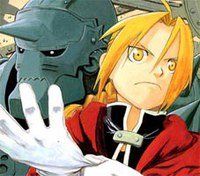
Fullmetal Alchemist (manga)
Plot Summary: When two brothers, Edward and Alphonse Elric tried to revive their mother using Alchemy, something went drastically wrong. Edward lost his leg and his arm, and Alphonse lost his entire body. Now, a few years later, Edward becomes what's known as a "State Alchemist" or a Nationally recognized Alchemist. Along with Alphonse, who's spirit has been put into a metal suit of armor, and his Automail leg and arm, the two brothers set out to find a way to restore themselves.

Berserk (manga)
Plot Summary: Guts, the Black Swordsman, wanders around in a mediaeval world slaying demons as they are attracted to a demonic mark on his neck. To his help he has inhuman strength gained from a harsh childhood lived with mercenaries, a gigantic sword, an iron prosthetic left hand and the elf Puck. In his search for vengeance on the one who gave him the mark, he meets many interesting persons and creatures, whom all is affected by him in one way or another.
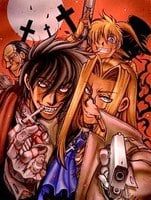
Hellsing (manga)
Plot Summary: Vampires exist. It is the duty of Hellsing, a secret organization sponsored by the British government, to hide that frightening fact and protect the blissfully unaware populace. Along with its own personal army, Hellsing has secret weapons. Alucard, an incredibly powerful vampire, has been controlled by Hellsing for years. It is unclear how he feels about being a servant to the Hellsing family, but he certainly enjoys his job as a vampire exterminator. Seras is a fledgling vampire and former police woman. Although reluctant to embrace her new self, she is a valued member of the organization. Integra Hellsing, the current leader, is usually fully capable of fulfilling her duty, but lately, vampire activity has been on the rise. Unfortunately, the cause is more alarming than anything she could have imagined. A group long thought dead has been plotting in secret since their apparent destruction over 50 years ago. Plotting to plunge England, and perhaps the entire world, into war.

Description Title
One Piece (Japanese: ワンピース Hepburn: Wan Pīsu) is a Japanese manga series written and illustrated by Eiichiro Oda. It has been serialized in Shueisha’s Weekly Shōnen Jump magazine since July 22, 1997, and has been collected into 94 tankōbon volumes.
Enter Monkey D. Luffy, a 18-year-old boy that defies your standard definition of a pirate. Rather than the popular persona of a wicked, hardened, toothless pirate who ransacks villages for fun, Luffy’s reason for being a pirate is one of pure wonder; the thought of an exciting adventure and meeting new and intriguing people, along with finding One Piece, are his reasons of becoming a pirate. Following in the footsteps of his childhood hero, Luffy and his crew travel across the Grand Line, experiencing crazy adventures, unveiling dark mysteries and battling strong enemies, all in order to reach One Piece.
Where can I find Manga - from rare to popular
- Simple -
email : thecgccomicshop@gmail.com
Ahmenu Sage - Highlander - Manga - Full Movie
Full Metal Alchemist
Fullmetal Alchemist follows two brothers, Edward and Alphonse, in a fictional world where alchemy rules
Akira
Plunges us into a dark future where the divide between man and machine has become increasingly blurred, and where loyalty exists on a knife's edge.
Naruto
Naruto is a ninja in training ,The series showcases his training, exams and missions
Black Butler
The butler helps Ciel avenge past, gets what he wants...A month later he returns to take over the illustrious family business with a butler named Sebastian Michaelis.
Bleach
Ishigo always see spirits but one passes her Spirit Pressure energy through him, he is given powers of a Soul Reaper
Ghost in the Shell
Major Motoko Kusanagi is an officer in Section 9, an elite, secretive police division that deals with special operations
including counter terrorism and cyber crime
We are a Professional Comic Trader with over 42 years experience in the Comic World . We are a leading CGC Agent , We find Comics for Customers , Press , Buy and Sell , Clean and Restore , Value and Grade etc
Contact info
All Rights Reserved | The CGC Comic Shop
CUSTOMER SERVICE
Open 24/7
Leave us your info
And we’ll get right back to you.
We will get back to you as soon as possible
Please try again later


